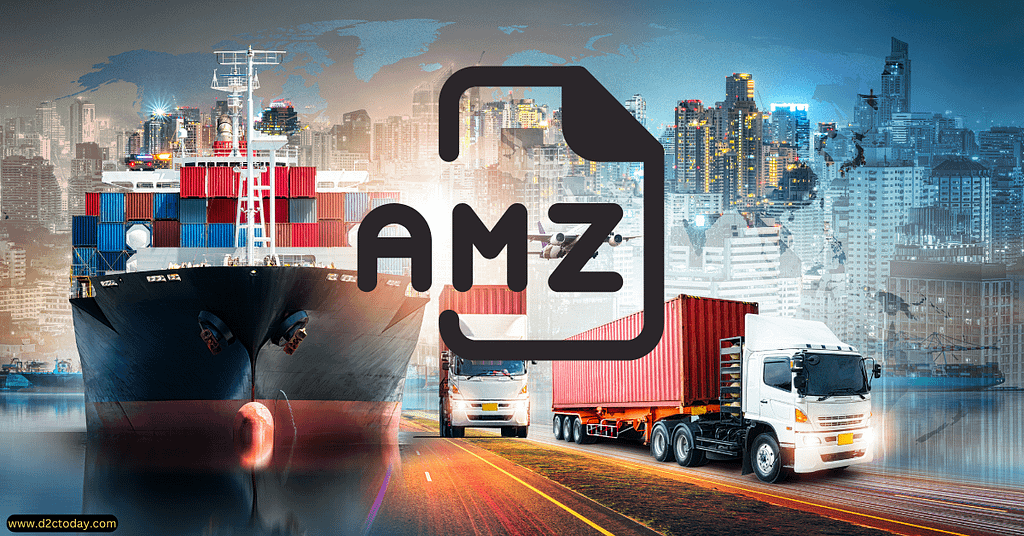Amazon Inc. anticipates that exports from Indian sellers via its platform will reach approximately $5 billion in 2024, a significant increase from nearly $3 billion in 2023.
This growth is facilitated through the Amazon Global Selling program, launched in 2015, which now includes around 150,000 small exporters across India. These businesses can directly reach international consumers, particularly in markets like the United States and Britain. Amazon has been investing in tools and technologies to enhance product discovery and sales for these sellers.
The company’s broader goal is to achieve $20 billion in cumulative e-commerce exports from India by 2025. This initiative underscores India’s growing role in the global supply chain, especially as multinational corporations seek to diversify their sourcing beyond China. Notably, Walmart Inc. announced plans in 2020 to increase its sourcing from India to $10 billion annually by 2027.
Amazon has collaborated with India’s commerce ministry and trade associations to connect with small manufacturers nationwide, offering products ranging from textiles and jewelry to household items and Ayurveda products. These small-ticket items are typically easier to ship directly to international customers and are less impacted by import taxes compared to higher-priced goods.
While Amazon and Walmart’s Flipkart have significantly transformed India’s retail landscape by investing billions and attracting consumers with substantial discounts, they have faced criticism from trade and political groups. India’s commerce minister has accused these e-commerce platforms of engaging in predatory pricing practices, potentially disrupting millions of traditional brick-and-mortar stores in the country.
In June 2024, Amazon announced plans to increase its investments in India to $26 billion by 2030, including funds allocated for its cloud business.







